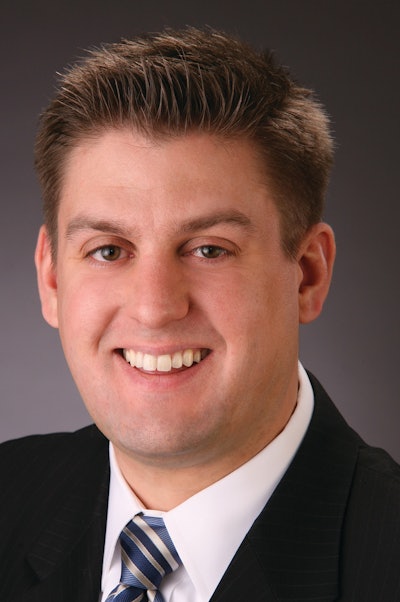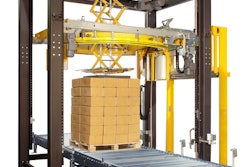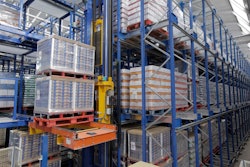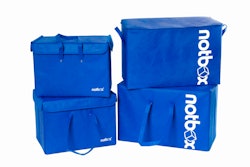
Big changes are on the horizon for supply chain functional groups in the year ahead. Functional groups are being asked to play a more strategic role in the business, while simultaneously being leaner and more flexible. Driving this change are a number of factors, such as increasing competitive intensity; more outsourcing of transactional tasks; and companies own efforts at becoming more focused.
As a result, functional leaders in the supply chain must reconcile how they continue to manage their business while working to promote their company’s long-term strategic growth platform.
This month, we sat down with Curt Mueller, Vice President and Partner, Booz & Company, Chicago, who also leads the global consulting firm’s supply chain services offering, to dig deeper into some of the findings in their report, “The New Functional Agenda: How Corporate Functions Can add Value in a New Strategic Era” to discuss how functional leaders can take on a new strategic role while balancing their existing operational responsibilities.
NK: In your report, you confirm that businesses have, in fact, become more focused around capabilities, which confirms that business leaders must take more of a strategic role to deliver improved functions for optimal performance results. Traditionally, were business leaders more focused on overseeing the management or production of the business processes involved?
CM: Capability is a combination of processes, assets, tools, talent and culture. We see companies think about this ‘stitching together’ rather than silos/functions. In operations and supply chain, progressive companies are evaluating their current operations capabilities and what advantages they have that are latent or not fully understood. One area is innovation. Traditionally, the R&D groups would develop products with limited input from operations. Yes, they were practicing Design for Manufacturability but the leading companies are now innovating into the capabilities they have. For example, a company might have a highly manual operation and wants to squeeze cost out through automation but the manual operation can be a capability that allows for more product variety and innovation whereas automation largely constrains variety.
NK: You also outline ways that companies can outline business functions to be more attuned to a “fit for purpose” operating model versus “best in class.” What businesses or particular market segment in the supply chain or might the “fit for purpose” strategy apply to better than “best of breed?”
CM: After defining differentiated capabilities, to get to a fit for purpose operating model you have to evaluate whether all parts of your organization, management and operating processes fit with the chosen capabilities, and whether the functions can enable the strategy. We find “class” hard to define because companies play very differently given their differentiated capabilities. For supply chains and operations, companies need to link back to their overall strategy and determine how they want to play and win. For example, Zara, the clothing manufacturer and retailer, plays by being a fast follower of trends and focuses their supply chain on getting new products to the market quickly. They purposely do not want “best in class” in future design but rather want to quickly observe what is hot in the market and quickly get it on their shelves.
NK: In the past, manufacturing was largely outsourced. But with recent developments, reshoring of manufacturing jobs and production is an increasing focus in the supply chain. As this continues, how does the “fit for purpose” operating model apply?
CM: The primary move back to the U.S. is about economics. We see a major shift in production coming back to the U.S. from places like China. With the instability of the labor market, fluctuations in currency and increase in local consumption, the outsourcing dynamic is changing in China. Moving forward, companies are going to need to rethink and potentially rebuild some of their capabilities that they might have outsourced. The fit for purpose model always applies in relation to the capabilities that matter. If manufacturing highest-quality products is a desired differentiated capability, then the company should optimize all of its aspects on achieving this, and de-emphasize all other aspects that don’t contribute to it.
NK: In discussing basic business capabilities, what if a company who does not yet outsource its basic business functions—such as payroll, HR or employee benefits—(but is looking to) does not know where to start and which functions to outsource? What is the first step to apply the “fit for purpose” model?
CM: In the context of capabilities-driven strategy, the company would first segment its activities to figure out which ones support the strategy and which ones don’t. Next, for those that don’t or don’t matter, the company would assess based on market-based prices whether a make or buy path is the most optimal. A company must take a critical view of this. Our research shows that companies can only be differentiated in a few capabilities. Identifying those is often easier than having the conviction to not invest in those capabilities that are not differentiated.
For more information and to download the full report, visit http://bit.ly/Uk5h26.

















